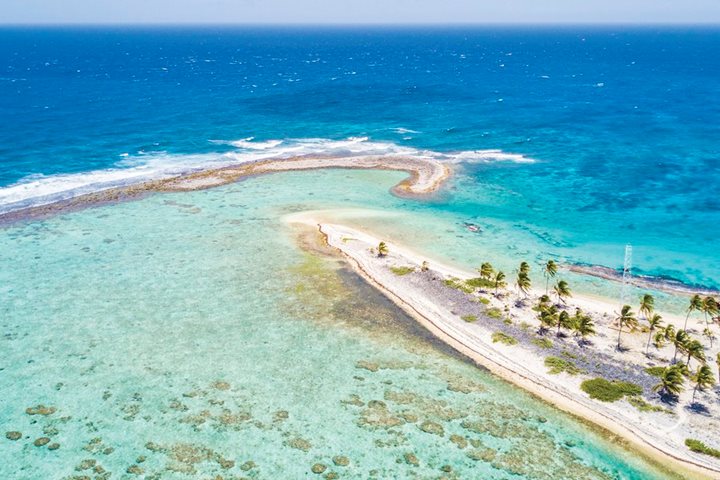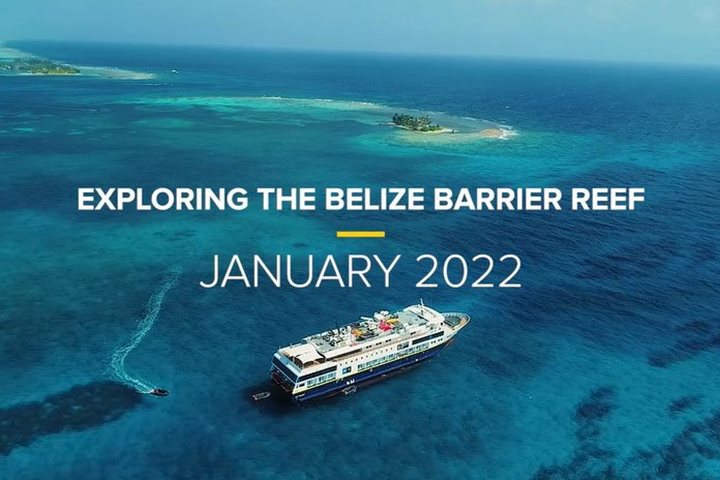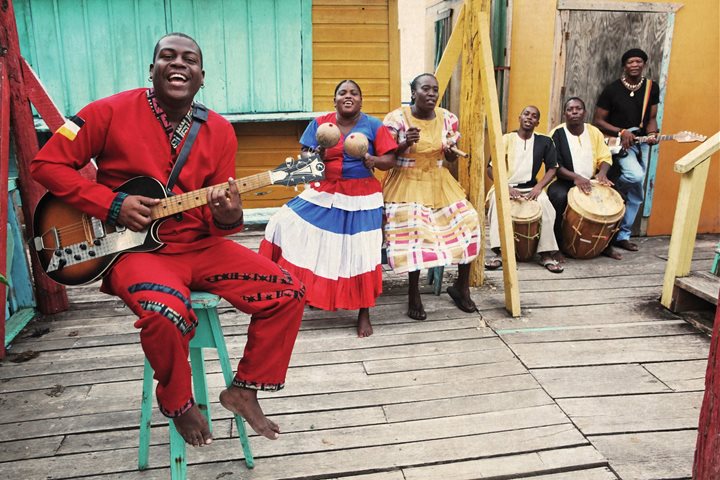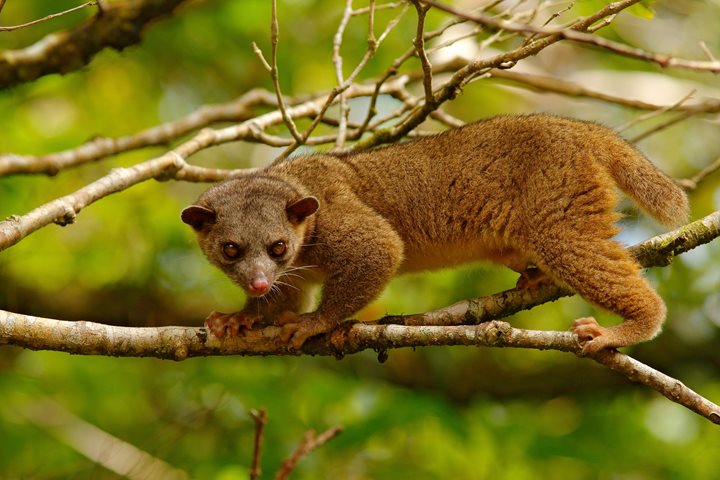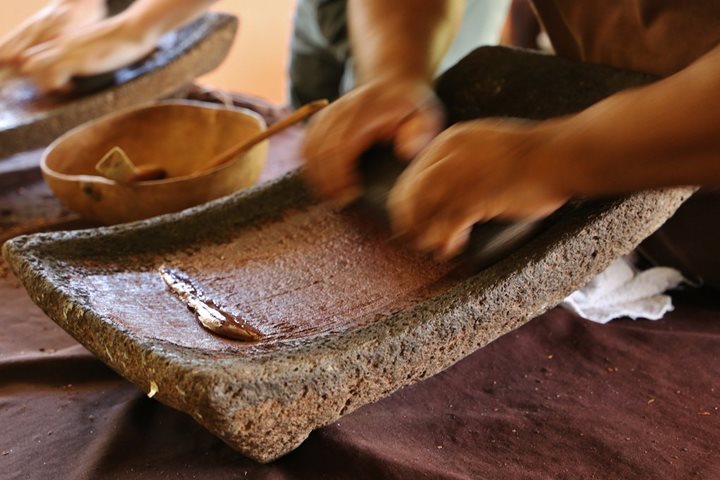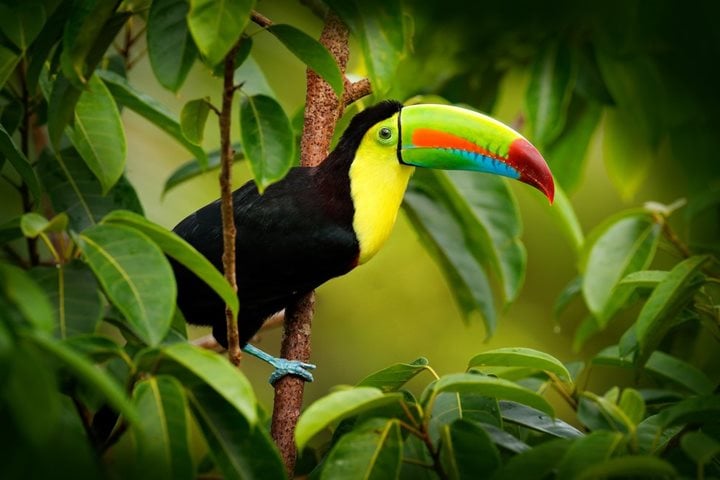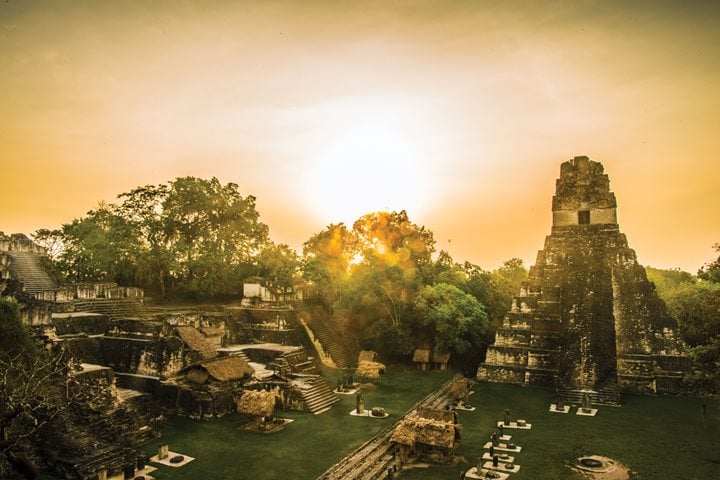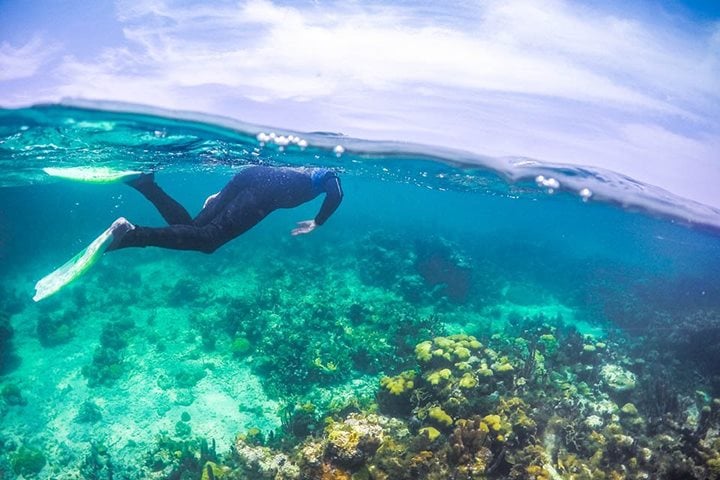Call +1.800.397.3348 or contact your travel advisor
1/31/2019
3 Min Read
The Revitalization of the Belize Barrier Reef Reserve System
7/13/2021
Watch
A Return to the Belize Barrier Reef
7/19/2021
3 Min Read
The Garifuna Collective: The Soulful Sound of Belize
8/1/2021
4 Min Read
The Unique and Bountiful Wildlife of Belize
8/2/2021
3 Min Read
5 Things You Didn't Know About Belize
6/14/2022
4 Min Read
Why Belize Is a Bird Lover's Paradise
4/13/2023
Watch
Photographing the Ancient Pyramids at Tikal
5/9/2023
Watch
Exploring the Belize Barrier Reef
Showing 8 of 8

